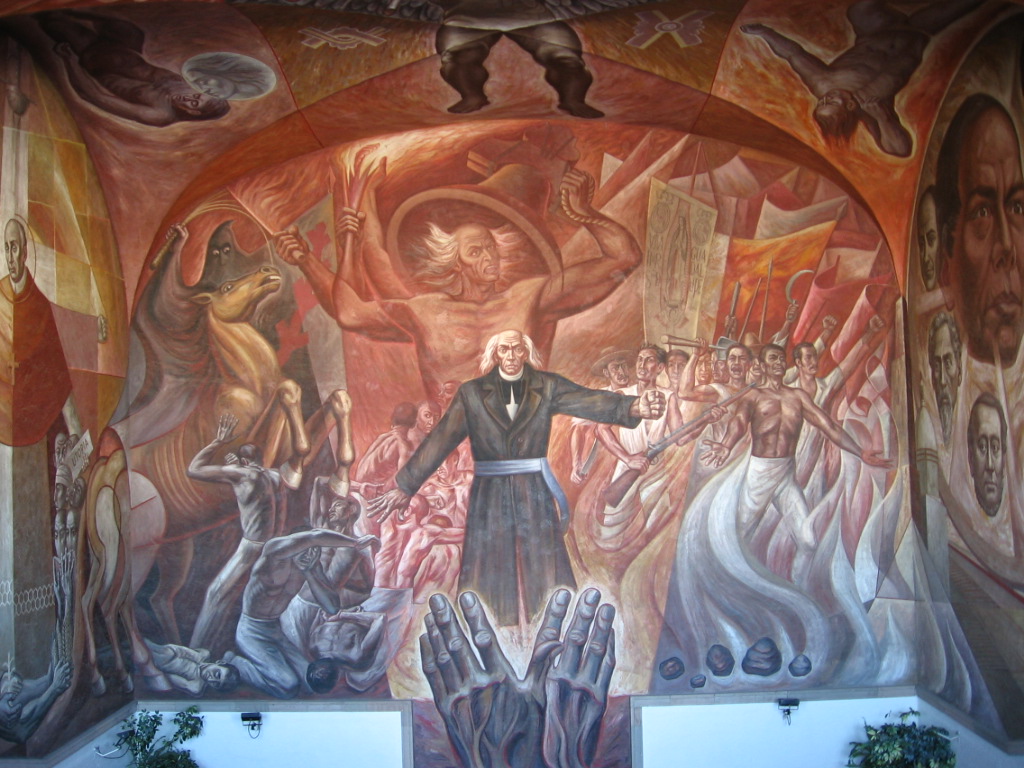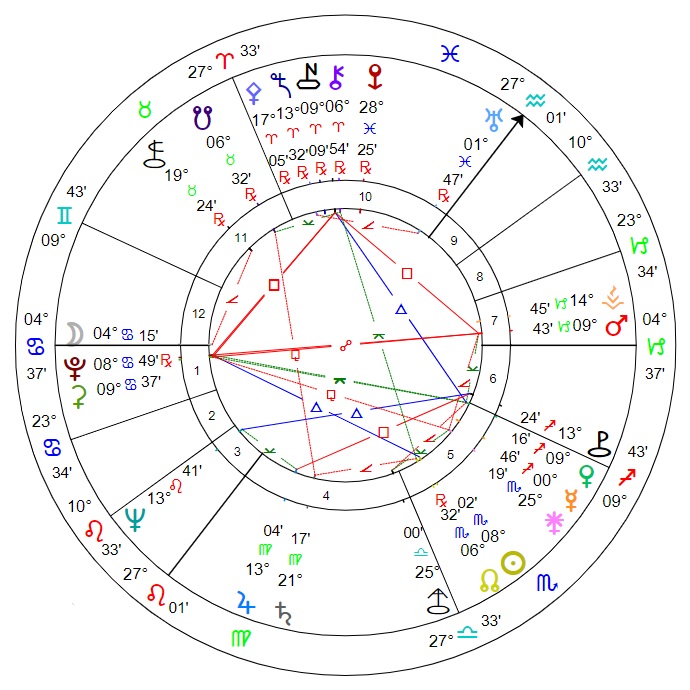Basics
Class: D-type centaur
Location: Orbits between Jupiter and Saturn
Orbit length (approx): 13.71 years
Discovered: 31st October 1920, 18:38 UTC, from Bergedorf Observatory, Hamburg, Germany, by Walter Baade
Notes: The first member of the dynamical class of centaurs ever to be discovered. Likely elongated, possibly once a comet.
Events at time of discovery:
- October 31 – Canadian surgeon Frederick Banting woke up at 2:00 in the morning in London, Ontario, and made note of his insight that would lead to the discovery of insulin as a treatment for diabetes. The evening before, Dr. Banting had read an article in the journal Surgery, Gynecology and Obstetrics, titled “The relation of the islets of Langerhans to Diabetes with special reference to cases of Pancreatic Lithiasis”. Later in the day, he called a colleague to explain his idea—that the way to isolate the theorized (but undiscovered) hormone within the pancreas that controlled blood sugar level would be to let the acinar cells secreted from the pancreas to wither, leaving the insulin. Fourteen months later, on January 11, 1922, Banting and his assistant Charles Best would make the first human test of the extract.
- – Birth of Dedan Kimathi, Kenyan revolutionary leader
- – Birth of Dick Francis, British jockey-turned-novelist
Naming information
Name origin: Don Miguel Hidalgo y Costilla (1753-1811), a Catholic priest, leader of the Mexican War of Independence and recognised as the Father of the Nation. Due to the oppression of poor Mexicans by the Spanish colonisers, on 16th September 1810 he gave the call to arms that triggered the Mexican War of Independence, called the Cry of Dolores; most commonly known by the locals as “El Grito de Independencia” (The Independence Cry). Amable adds: ‘Hidalgo’ is an old word in Spanish language, that comes from the set phrase “Hijo de algo”, meaning the son of someone wealthy, but untitled as a noble.
 |
| Mural of Miguel Hidalgo y Costilla (2005), by Salvador Almaraz López. |
Astrological data
Discovery degree: 15+ Aries
Discovery Sabian: Nature Spirits Are Seen At Work in the Light of Sunset
Discovery nodal signature: Aries–Libra
Estimated orbital resonances: Ceres 1:3, Jupiter 6:7, Saturn 13:6, Chiron 11:3, Neptune 12:1, Pluto 18:1
Discovery chart details: Disseminating phase chart with Moon and Pluto rising, Mars descending and Uranus on MC. T-square between Mars, Pluto-Ceres and Nessus, with Venus aspecting all; fire grand trine between Pholus, Neptune and Sedna. Hidalgo was sesquiquadrate Mercury. Saturn semi-square and Chiron quincunx the North Node. Moon semi-square Chariklo; Sun trine Pluto; Venus semi-square Asbolus. Mars semi-square Juno; Jupiter square Pholus; Pallas semi-square Uranus; Neptune sesquiquadrate Eris.
Summary and references
Interpretations offered so far include: the principle of imperativeness, assertion, advocacy, ambition, the desire to dominate, defend and protect, an affinity for globalism and revolutionary ideas or subcultures, action-oriented nature which may lead to self-sacrifice if not handled skilfully[1]; defence and physical protection[2]; the need to prove oneself, especially in a family context, or pride in one’s ancestry, and an urge to take risks[3]; circumspection, expedient or careful words versus standing up for a principle, contact with Latin cultures[4]; “self-will meeting the limits of self-will”[5]; the courage and dedication to act on one’s beliefs, political involvement, protest, challenges to the authority of established religion and government, protection of the oppressed and of minorities, ruggedness, wilfulness[6]; the expectation of being in charge, ego, machismo and power plays[7].
References:
1) Mark Andrew Holmes: Harbingers Of The Modern World
2) Amable: (944) Hidalgo
3) Zane Stein: Hidalgo
4) Martha Lang-Wescott: Basic Resources
5) Zipporah Dobyns: Expanding Astrology’s Universe (ACS Publications, Inc., 1983)
6) Demetra George & Douglas Bloch: Asteroid Goddesses (Ibis Press, 2003)
7) J. Lee Lehman: The Ultimate Asteroid Book (Whitford Press, 1988)
 |
| Discovery chart for (944) Hidalgo: 31st October 1920, 18:38 UTC, Bergedorf Observatory, Hamburg, Germany. The centaur is not depicted. |
